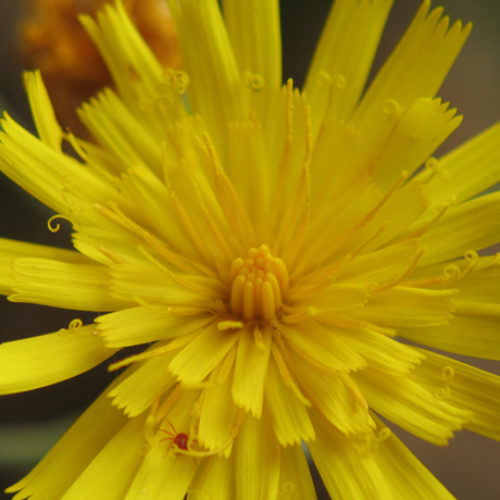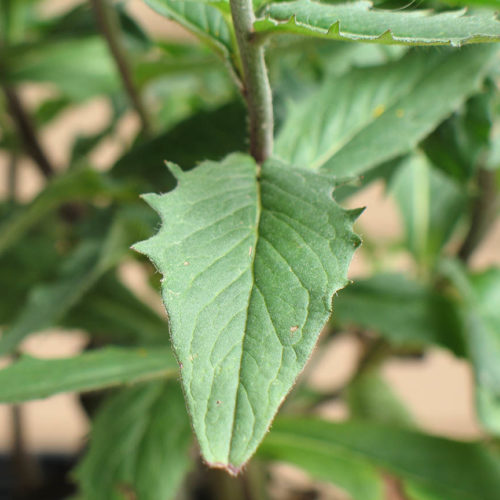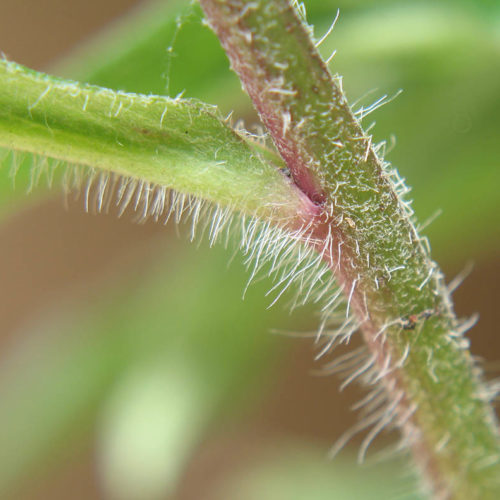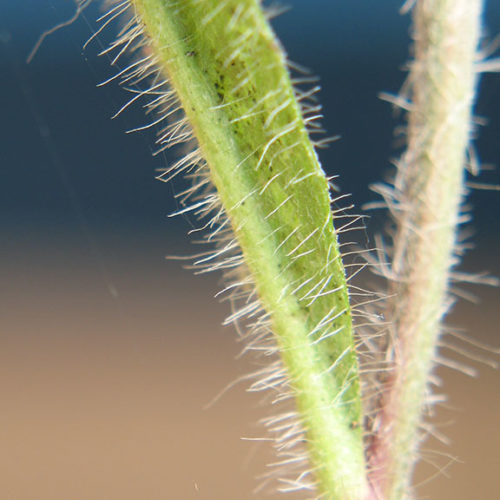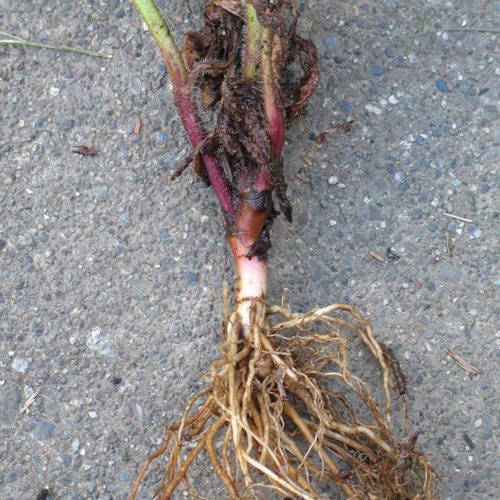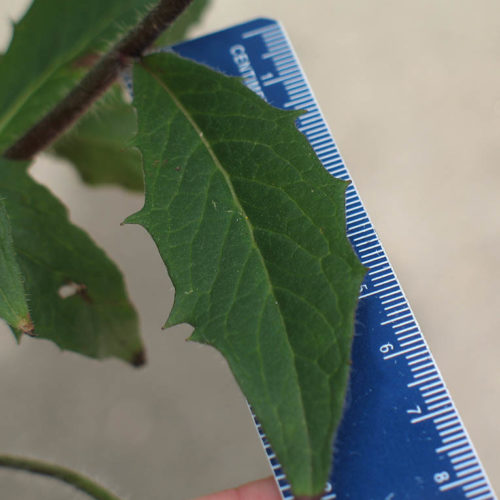Nonnative Hawkweed Species & Hybrids of Wall Subgenus
Hieracium subgenus Hieracium
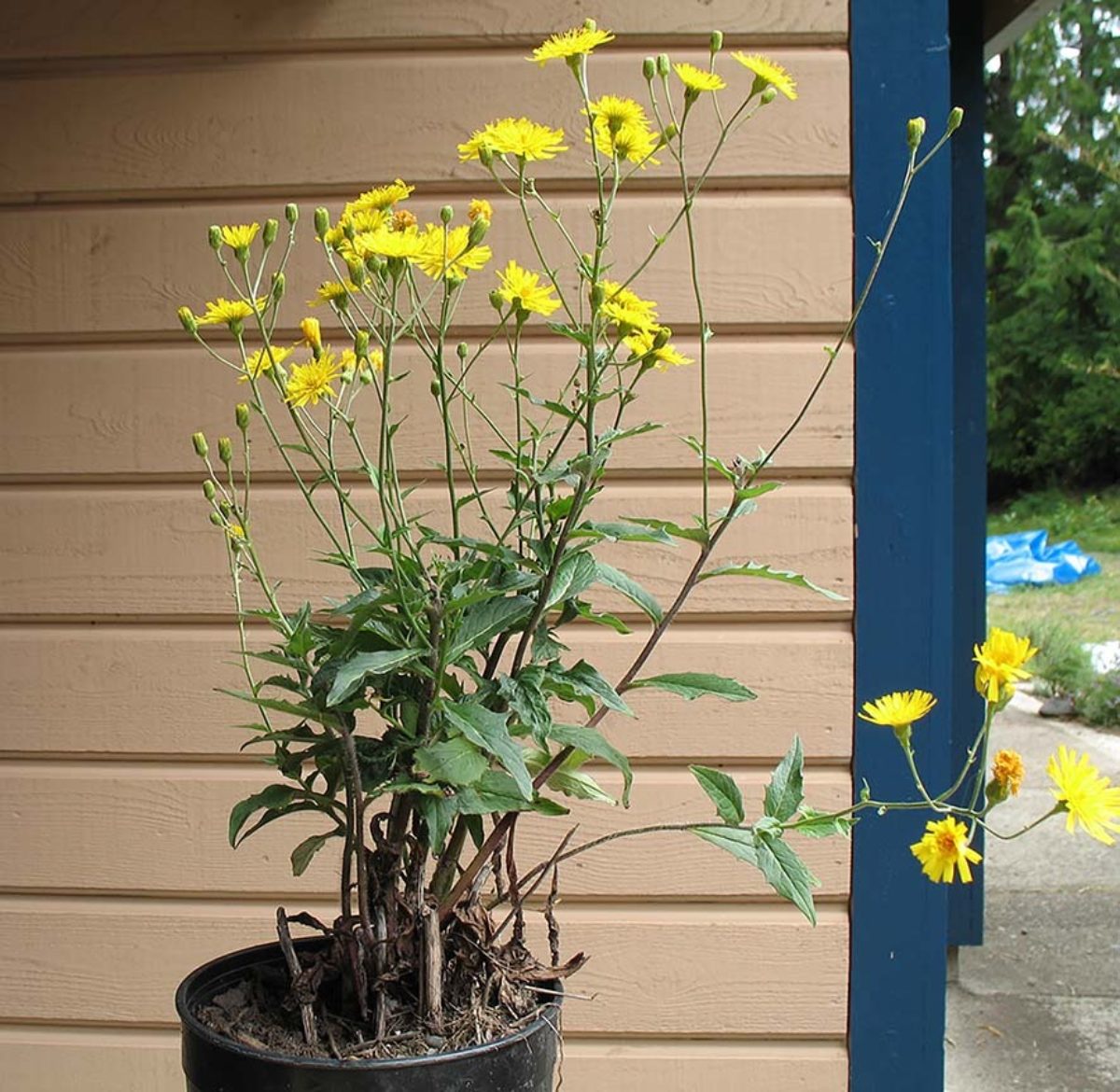
Family: Asteraceae
Weed class: B
Year Listed: 2014
Native to: varies by species and hybrid
Is this Weed Toxic?:
not known to be
Legal listings:
This plant is also on the Washington State quarantine list. It is prohibited to transport, buy, sell, offer for sale, or distribute plants or plant parts of quarantined species into or within the state of Washington or to sell, offer for sale, or distribute seed packets of seed, flower seed blends, or wildflower mixes of quarantined species into or within the state of Washington. Please see WAC 16-752 for more information on the quarantine list. For questions about the quarantine list, contact the Washington State Department of Agriculture's Plant Services Program at (360) 902-1874 or email PlantServices@agr.wa.gov.
Why Is It a Noxious Weed?
These nonnative hawkweed species and hybrids are invasive, spread readily, and have negative impacts to rangeland and other habitats, especially in mid to upper elevations and in areas with low fertility soils.
How would I identify it?
General Description
Perennial, herbaceous plants that exude a milky sap when broken, have various types of hairs, and flowerheads of yellow flowers. Nonnative hawkweed species can be difficult to tell apart, especially if they hybridize. Nonnative yellow flowered hawkweeds are grouped into two Class B noxious weed listings by subgenus Pilosella and subgenus Hieracium. Nonnative hawkweeds in the wall (Hieracium) subgenus include: European (Hieracium sabaudum), smooth (H. laevigatum), common (H. lachenalii), polar (H. atratum), spotted (H. maculatum), and wall (H. murorum).
Flower Description
Flowerheads are composed of all yellow ray flowers (dandelion-like). Bracts at base of flowerheads have various types of hairs. Flowerheads are generally in clusters.
Leaf description
Plants in this subgenus typically have basal leaves and stem leaves. Leaf edges are toothed or lobed.
Stem description
In general, species in this subgenus do not have stolons.
Fruit Seed Description
Seeds are small, with ribs or grooves and have bristles on one end.
May Be Confused With
Nonnative yellow flowered hawkweeds in the subgenus Pilosella (meadow). In general, in the subgenus Pilosella (meadow), species have stolons, have no or few stem leaves and leaf edges are smooth or minutely toothed. While in the Hieracium (wall) subgenus, species generally do not have stolons, have stem leaves, and leaf edges are toothed or lobed. This listing excludes the native yellow flowered hawkweed species in this subgenus: narrow-leaved hawkweed (Hieracium umbellatum). Overall, native hawkweed species are excluded from the state noxious weed list, this includes: long-beaked hawkweed (Hieracium longiberbe), slender hawkweed (H. triste), white-flowered hawkweed (Hieracium albiflorum) and woollyweed (Hieracium scouleri).
Where does it grow?
Typically found in fields, meadows, pastures, forest clearings and disturbed areas such as roadsides and abandoned farmland. Please click here to view a county level distribution map of nonnative hawkweed species and hybrids of the wall subgenus in Washington.
How Does it Reproduce?
Plants in the wall subgenus primarily reproduce by seed.
How Do I Control It?
General Control Strategy
A long-term management strategy is needed to control invasive hawkweeds that promotes the establishment and growth of grasses and desirable plants. Make sure to monitor the area where the plants were removed for respouting roots and seedlings.
Mechanical Control
Mechanically controlling hawkweed species can be difficult to do in pastures and rangelands. Mowing plants to get rid of flowerheads only stimulates vegetative growth. If there are only a few plants, hand digging is a feasible option, but all of the roots must be removed. Once plants are dug up, put them into a city yard waste container or throw them in the trash. Do not put pulled plants in home compost piles as they might not get hot enough to kill them, and many species can vegetatively spread.
Cultural Control
Adding fertilizer and managing soil fertility has been used to effectively control hawkweed species in some areas, especially where populations are small or new.
Herbicide Control
Control of non-native hawkweeds infestations have relied extensively on selective herbicides, which can be effective, but reinvasion can occur unless other plants can fill the gaps left by the hawkweed removal. Please refer to the PNW Weed Management Handbook, or contact your county noxious weed coordinator.
For More Information
Pierce County NWCB Fact Sheet on Hawkweed Spp.
Control Options for Hawkweed Species from King County NWCB



